Folk culture and arts clubs are considered the “nucleus” of the mass arts movement, promoting the campaign “All people unite to build a cultural life”. And the vibrant and active activities of these clubs have made an important contribution to preserving and promoting traditional cultural values, including the art of Cheo.
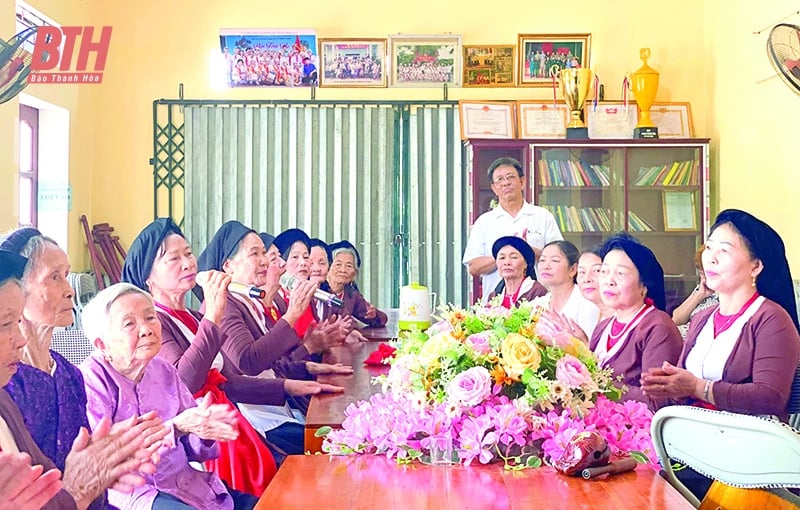
Thanh Hoa is a historical land rich in cultural traditions with 7 ethnic groups living together, creating a rich and diverse picture of cultural identity, where many unique traditional and folk cultural values are still preserved. According to preliminary statistics, Thanh Hoa currently has about 1,535 historical relics, scenic spots, 755 intangible cultural heritages with nearly 300 festivals, games, folk performances...
Thanh Hoa people “hold the reins on horseback, let go of the reins and hold the pen”, love culture and arts, that is easy to see. Setting foot anywhere in Thanh Hoa, you can immerse yourself in the vibrant and unique space and spirit of culture and arts. That love and passion is the “reason” and motivation for many folk culture and arts clubs to be established from all over the mountainous areas to the midlands, plains, and coastal areas in Thanh Hoa province. Currently, the whole province has hundreds of folk culture and arts clubs operating with thousands of active members. If we compare folk culture and arts clubs to a symphony, the art of Cheo is the impressive highlight.
Mung village, whose Chinese name is Con Son (also known as Con Minh), is located on the right bank of Lang Giang (Trung Thanh commune, Nong Cong, Thanh Hoa). Not only does it have a charming and rustic countryside landscape, it also preserves many typical historical and cultural values. In particular, Mung Temple Festival has been recognized as a National Intangible Cultural Heritage. This is a traditional festival of the people of Con Son village, held twice a year in January and March, to commemorate the merits of Saint Luong Tham Xung Ta Quoc (Ut Dai Vuong) - who, together with his brothers and father, rose up to revolt against the Tang invaders in the 7th century. Mung Temple Festival is a religious activity with rituals, customs, performances, folk games... One of the unique features that creates the greatest attraction of Mung Temple Festival is Cheo worship singing.
The worshiping Cheo singing of Mung village has many differences. Because worshiping Cheo singing is closely associated with the worship of Saint Luong Tham xung Ta Quoc, it is only performed once a year on the saint's death anniversary. Regarding the way of singing, if the Cheo melodies of the Northern Delta region often focus on the i sound, then the worshiping Cheo singing of Trung Thanh commune focuses on the a sound (often called Cheo a). The content of worshiping Cheo singing here is often diverse in melodies such as: duong truong, sop, van, su, sa lieu, hat cach, hat noi (ngam, vin, noi loi), he. Previously, worshiping Cheo singing had 4 tan (plays) regularly performed: Thuc Van, Tuan Khanh, Luu Quan Binh and Tong Tran - Cuc Hoa. In addition, there are other songs to serve the saint, but up to now there are only 2 plays regularly performed: Luu Quan Binh and Tong Tran - Cuc Hoa. Cheo singing in Mung village has many forms: dry cheo singing (taking place at Mung temple yard) and underwater cheo singing (taking place on Lang Giang river).
The performance form of Cheo Can is similar to Cheo Chai in some other localities. Accordingly, people prepare a beautifully decorated boat and place it in the yard of Mung Temple. The singing and dancing team consists of female officials wearing three-piece and seven-piece costumes standing in two rows, each holding an oar, their feet bouncing gently, stepping up and down rhythmically, leisurely, their hands moving the oar to the rhythm of the song. "Although there are not many melodies in Cheo Can, each melody has its own melody. The melody of Cheo Can is not lingering or soaring, but the structure of the song is as complete as a song and all have the sound of Thanh folk songs, so it is easy to enter people's hearts" (Folk music of Thanh, Nguyen Lien (editor) - Hoang Minh Tuong).
Rowing takes place on Lang Giang river, bringing with it so much joy and hope in the fullness of spring. From the drifting boats, the sounds of “rowing drills”, “rowing races”, and “rowing fights” resound. “The singing on the shore “teased” down, the boats “landed” up” further accentuate the festival atmosphere with bustling sounds and bright colors.
Anyone who has ever listened to the folk singing of Mung village, or attended the activities of the Mung Temple Cheo Club in Trung Thanh commune, will understand the beauty, love, respect and awareness of preserving and promoting the traditional cultural values of the homeland of the people here. The club currently has 32 members, most of whom are in their sixties or older, many of whom are at an age that is rare to sit together in the space of the village cultural house and sing. It is known that the Mung Temple Cheo Club in Trung Thanh commune was established not long ago but has always been an active factor contributing to and promoting the mass cultural and artistic movement, regularly participating in major local events.
While chatting with guests, Mr. Le Huy Cam, Chairman of the Mung Village Cheo Club in Trung Thanh Commune, beat the drums, and the members of the Club enthusiastically sang, sometimes softly and leisurely, sometimes humming and soaring, combined with graceful, rhythmic movements of their hands and feet, making an impression on the audience. The most admirable and admirable thing is the enthusiastic and serious spirit of the Club members in practicing. Although operating on a voluntary basis and with self-funded funds, every Saturday and Sunday of the week, the Club members regularly organize activities and practice. These people, with love and passion, have together lit up the colors of heritage on their homeland.
Hoang Dong Commune (Hoang Hoa District) is not the "cradle" of Cheo art, but the love and passion for this art form is always present in the hearts of many people here. In particular, in the process of building advanced new rural areas and model new rural areas, with the goal of improving the spiritual life of the people, spreading the movement of the whole people uniting to build a cultural life, the Party Committee and the People's Committee of the commune advocated and encouraged the establishment of cultural and artistic clubs, folk songs and dances, and sports. That has further motivated those who love and are passionate about Cheo art in the commune to unite to establish Hop Xuan Cheo Cultural and Art Club.
In the early days of its establishment, the club had about 13 members, aged 55 - 70 years old. The club operates on a voluntary basis; most of the operating costs, props and costumes are contributed by the members themselves. The club organizes regular activities, practices regularly with the desire to contribute attractive performances and Cheo singing, improve the spiritual life of the people, enrich and enliven the local cultural and artistic movement. For the members, participating in the club is a way to enjoy old age, live happily - healthily - usefully. The club is both a place to share passion and connect old friends, so that they have the opportunity to meet, chat and exchange. With that purpose and meaning, after a period of operation, the club has attracted about 30 - 40 members, most villages in the commune have members participating. On holidays, Tet or communal events, the cheo singing of the Hop Xuan Cheo Cultural and Art Club members resounds and bustles throughout the countryside. In addition to the ancient cheo melodies, the club members perform many pieces with new lyrics praising the Party, Uncle Ho, the changes of the homeland and country...
Love and passion are the core elements that make up the vitality of Cheo art in particular, and traditional and folk art and culture clubs in general. However, to be able to nurture that love and passion in the condition of "self-sufficient" and limited funding; members are mainly the elderly, the younger generation is not really interested in and fully understands the value of traditional and folk art... are difficulties and challenges. To make Cheo singing resound forever, to promote the mass cultural and artistic movement, localities need to pay more attention and make more practical investments in clubs, excellent artisans, folk artisans, and create more playgrounds, exchanges and connections. Clubs need to innovate and diversify their methods of operation to attract and encourage young people to participate...
Hoang Linh
Source: https://baothanhhoa.vn/ngan-nga-dieu-cheo-227948.htm


![[Photo] Workshop "Future for the Rising Generation" continues the profound value and strong message from the article of General Secretary To Lam](https://vstatic.vietnam.vn/vietnam/resource/IMAGE/2025/4/4/ec974c5d9e8e44f2b01384038e183115)
![[Photo] Prime Minister Pham Minh Chinh meets with President of the Republic of Burundi Evariste Ndayishimiye](https://vstatic.vietnam.vn/vietnam/resource/IMAGE/2025/4/4/979010f4c7634f6a82b8e01821170586)
![[Photo] Parade rehearsal on the training ground in preparation for the April 30 celebration in Ho Chi Minh City](https://vstatic.vietnam.vn/vietnam/resource/IMAGE/2025/4/4/e5645ddf85f647e6a25164d11de71592)
![[Photo] General Secretary To Lam receives President of the Republic of Burundi Évariste Ndayishimiye](https://vstatic.vietnam.vn/vietnam/resource/IMAGE/2025/4/4/d6df4662ecde41ef9bf55f1648343454)

![[Photo] President Luong Cuong presides over the official welcoming ceremony for Burundian President Évariste Ndayishimiye](https://vstatic.vietnam.vn/vietnam/resource/IMAGE/2025/4/4/63ceadc486ff4138abe2e88e93c81c91)
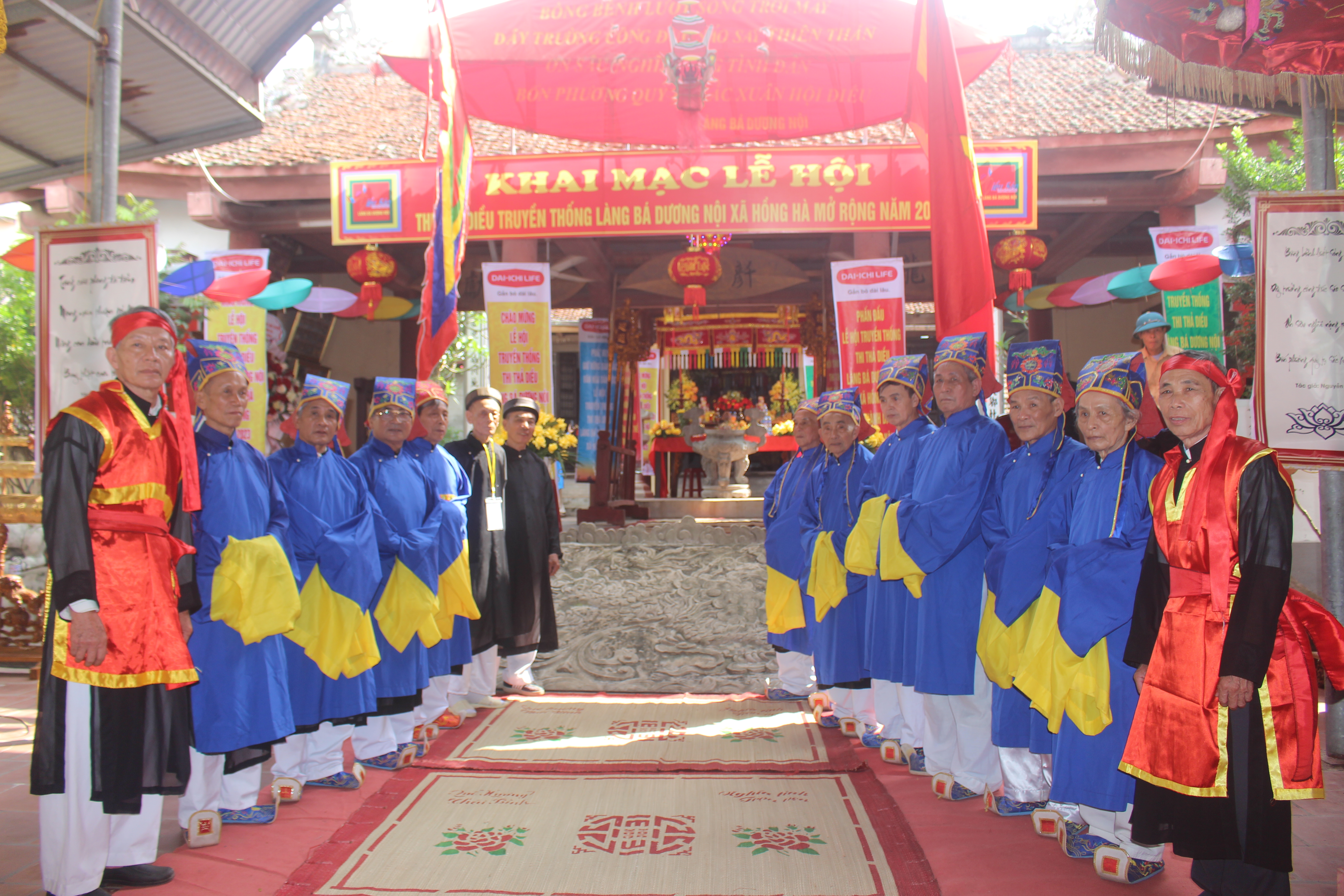




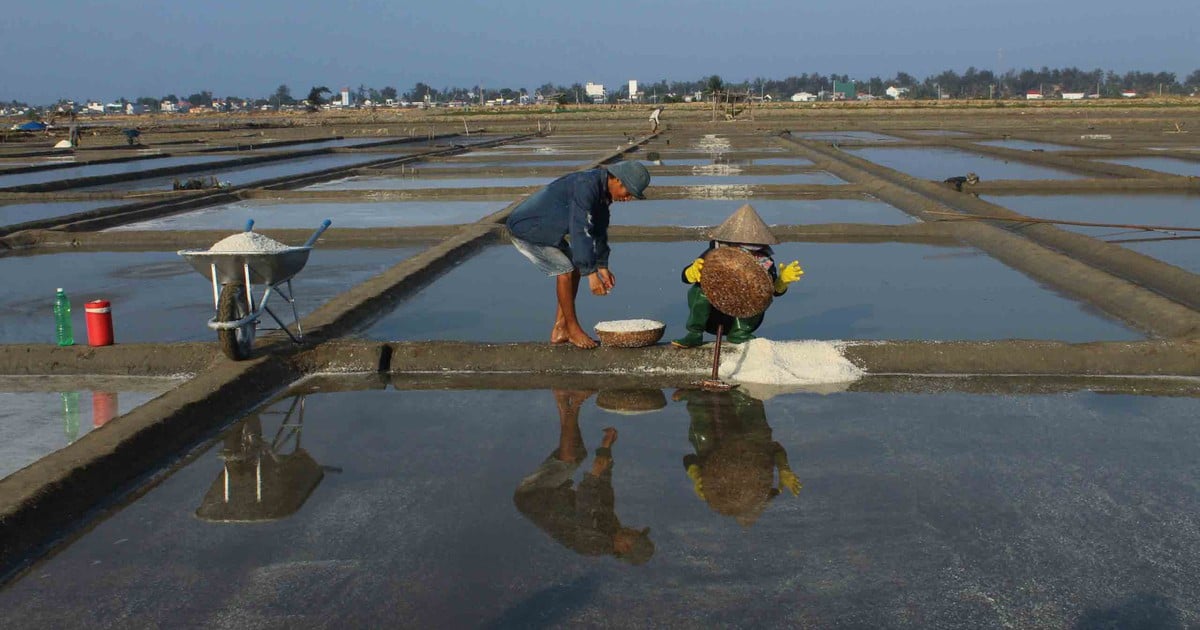
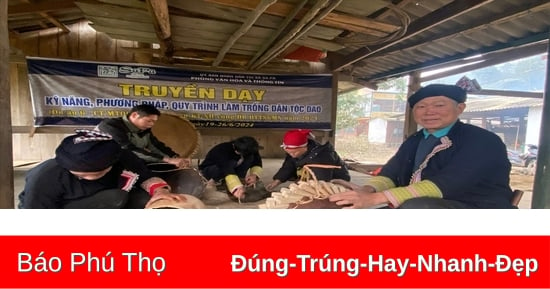

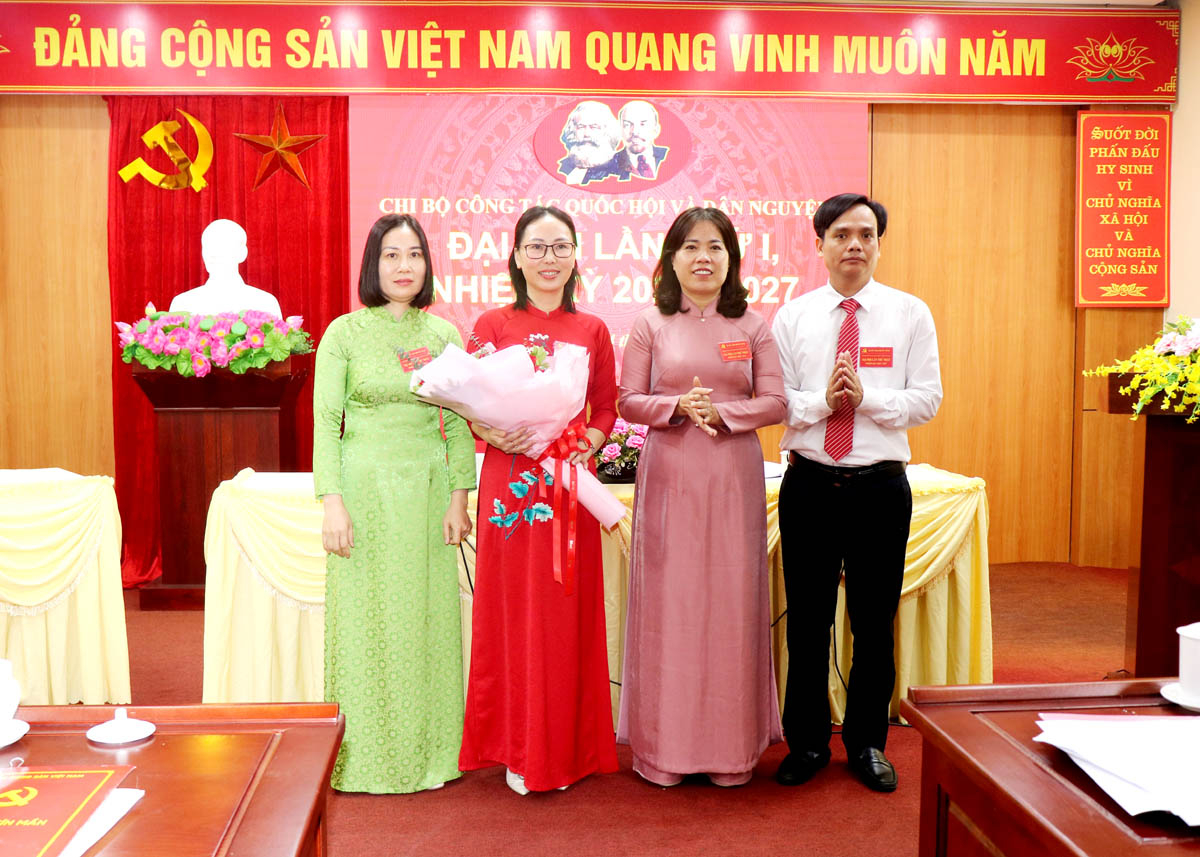


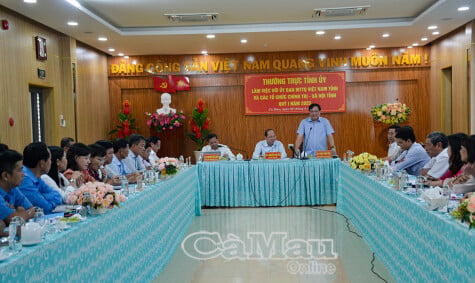








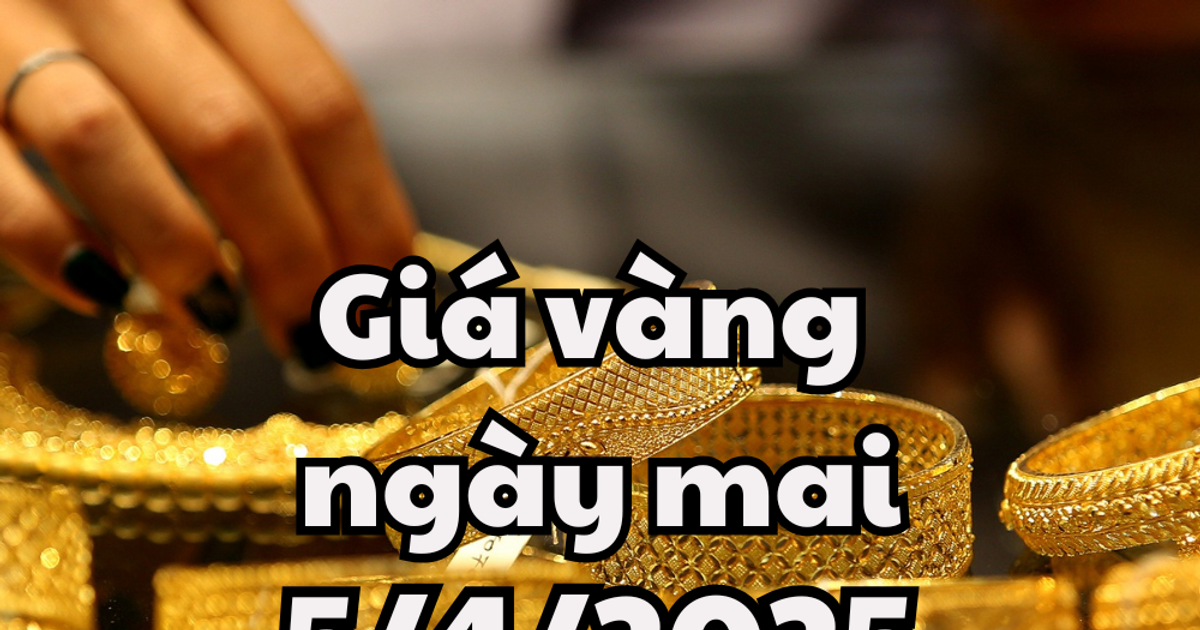

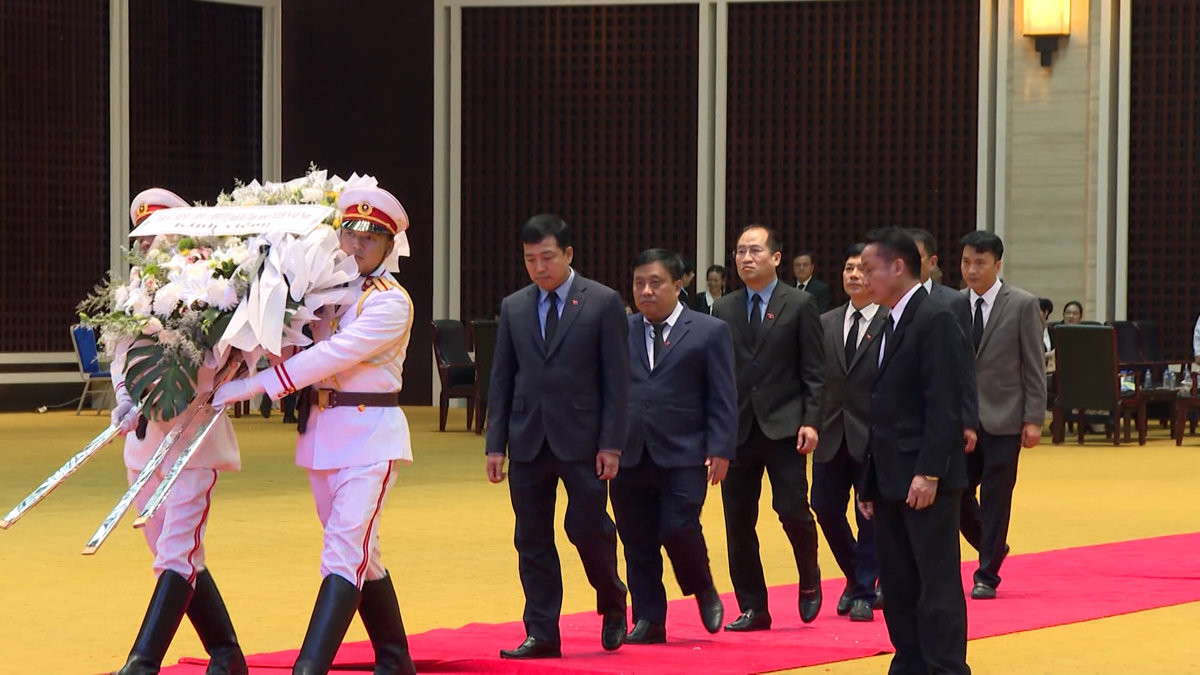

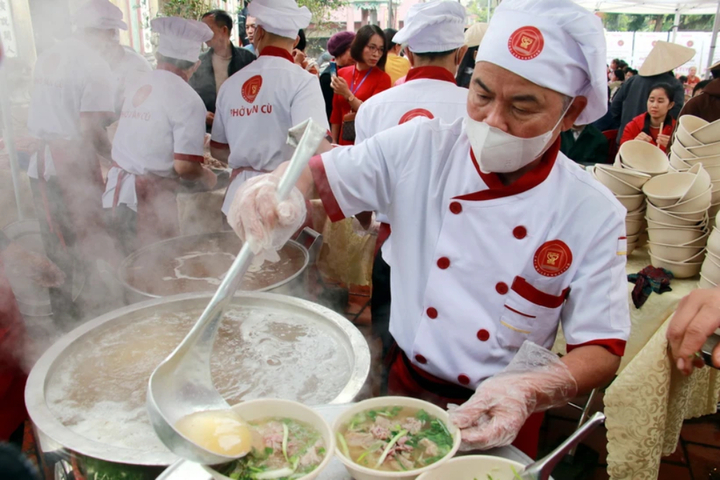

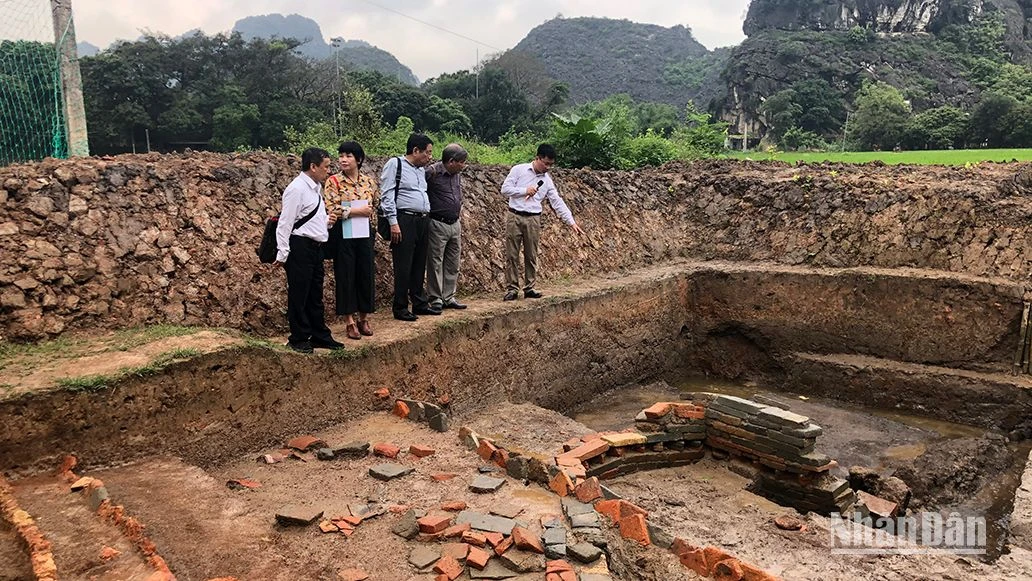

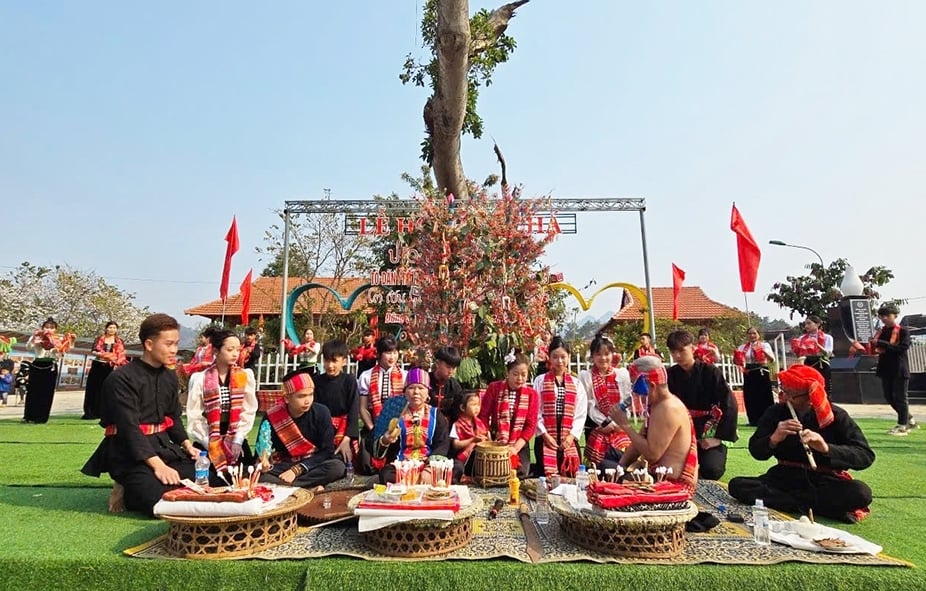

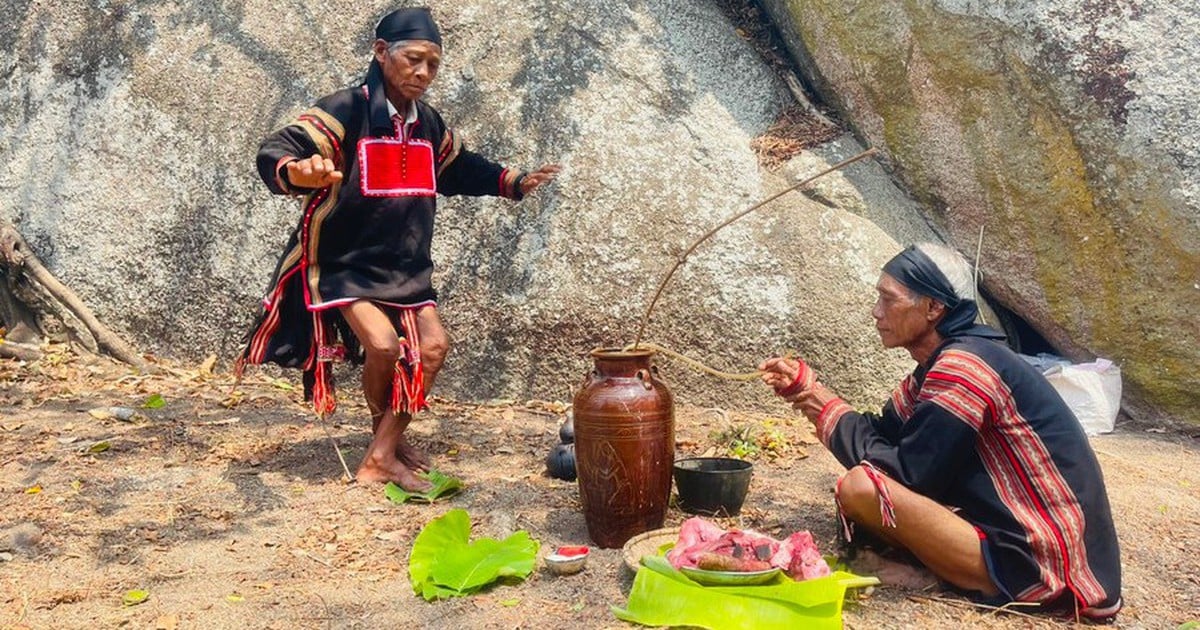


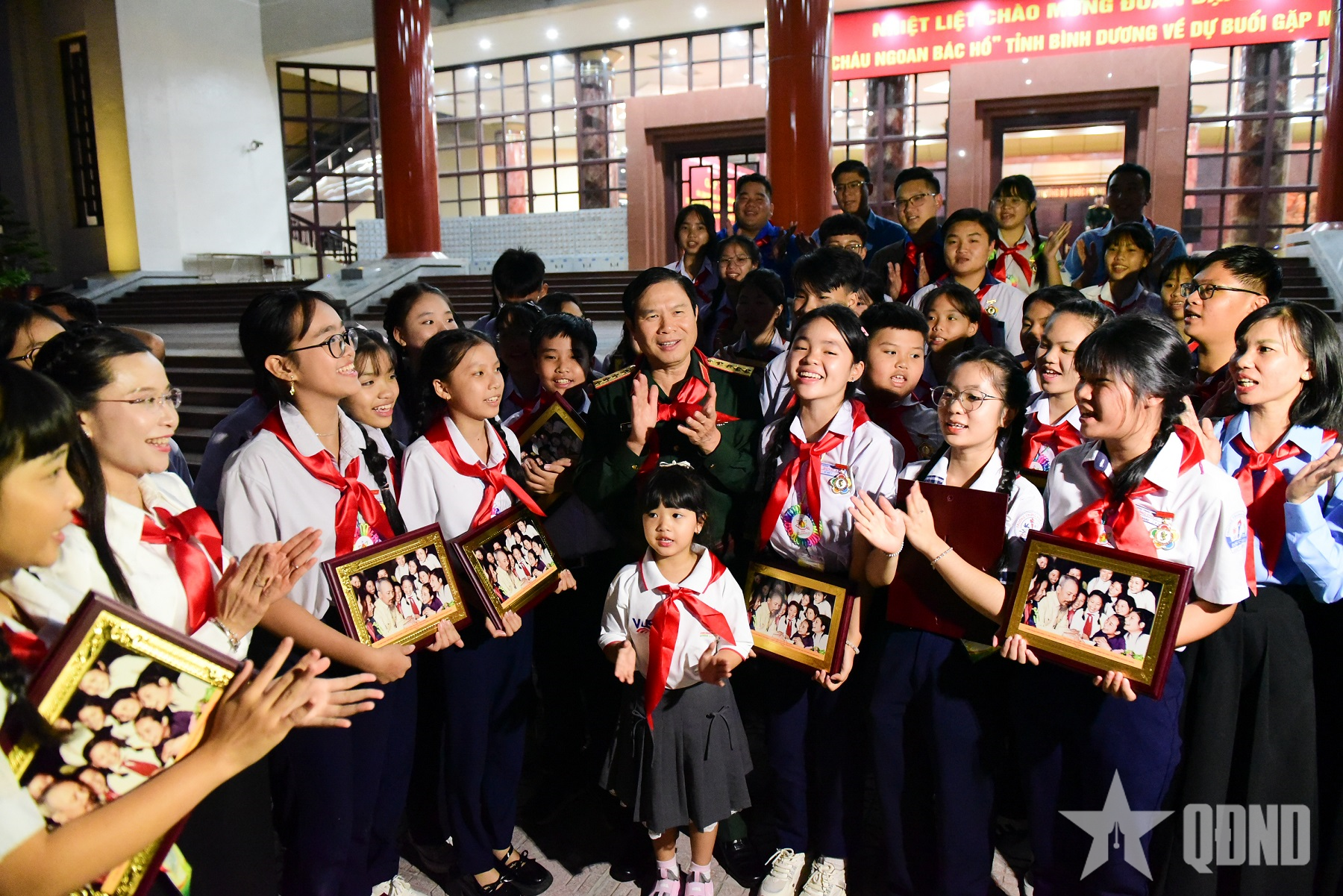

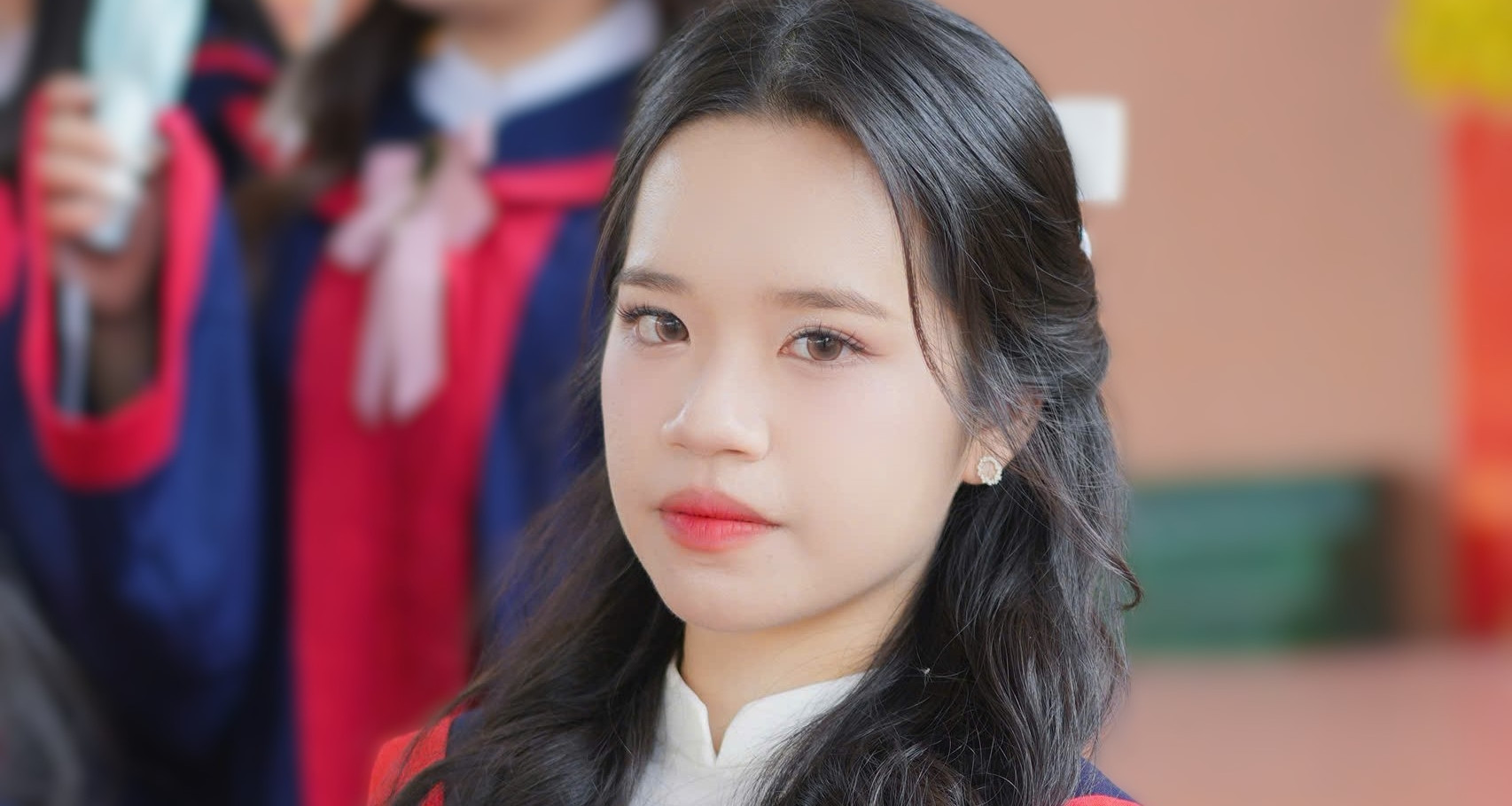








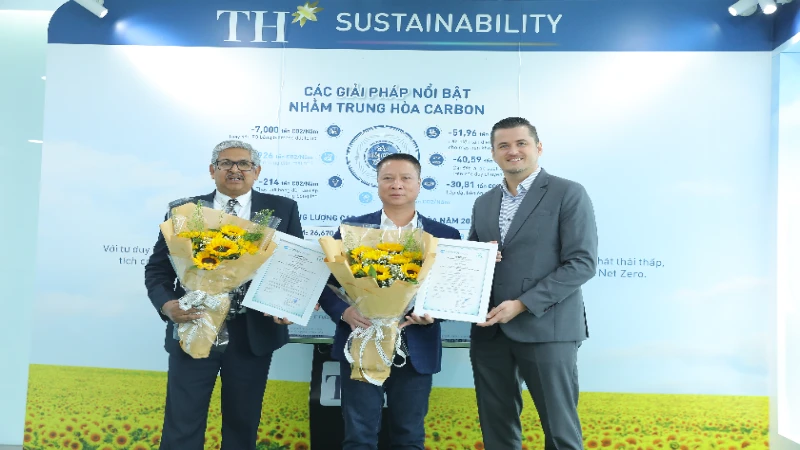
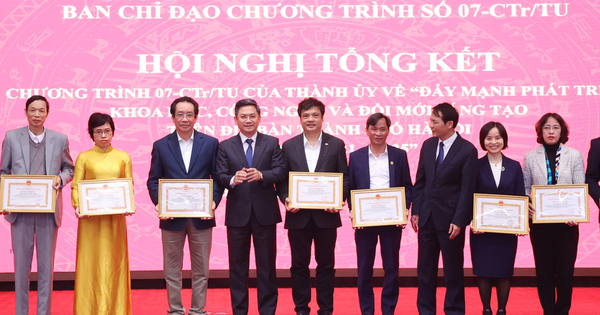


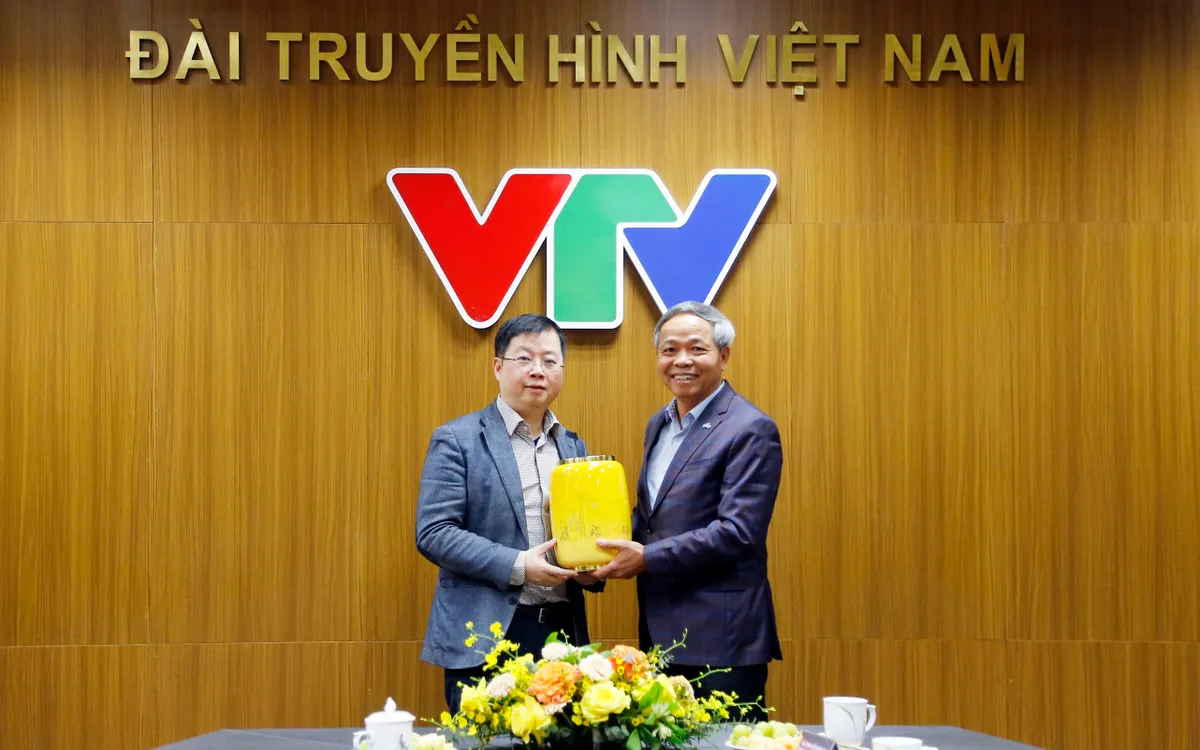






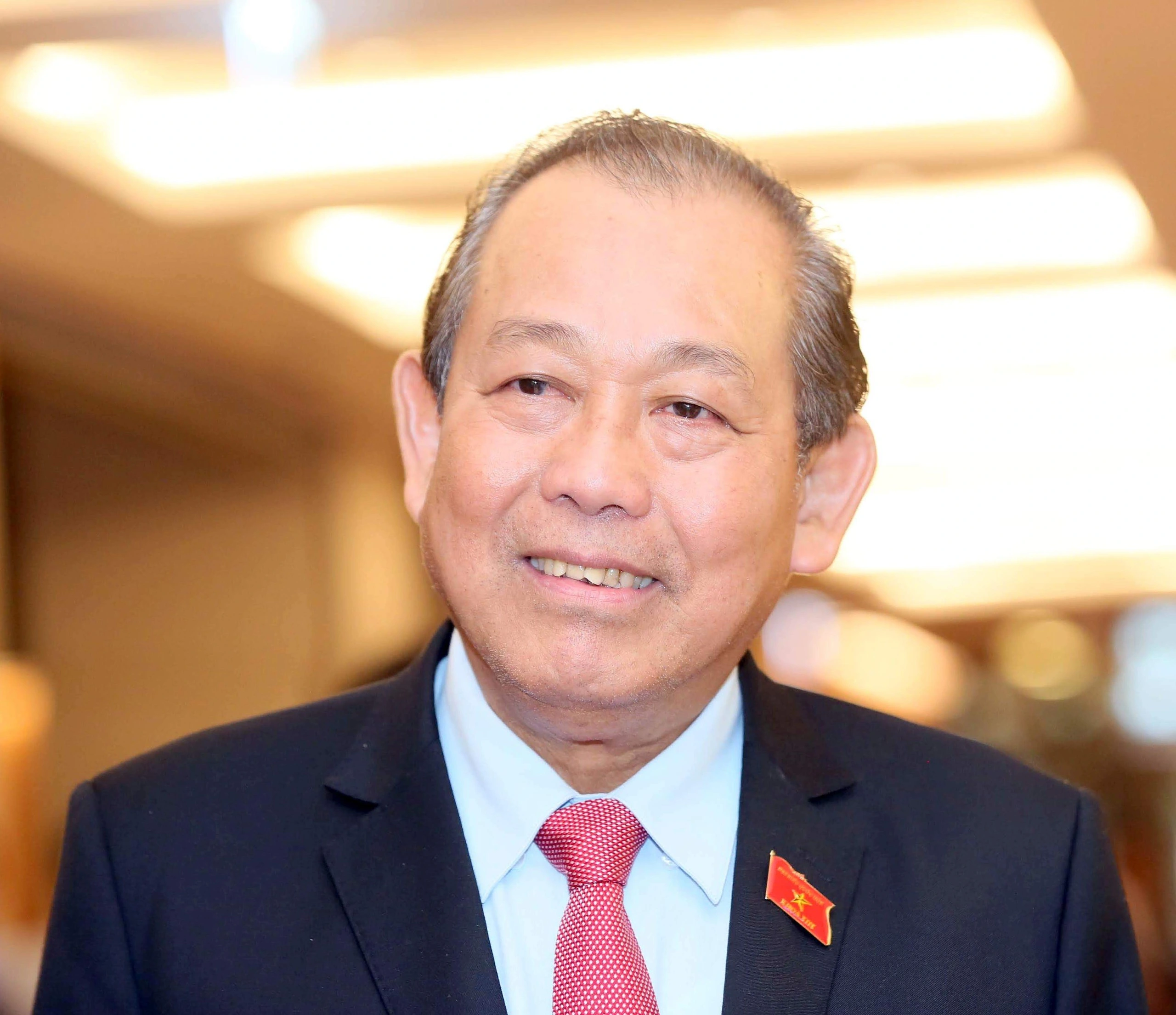

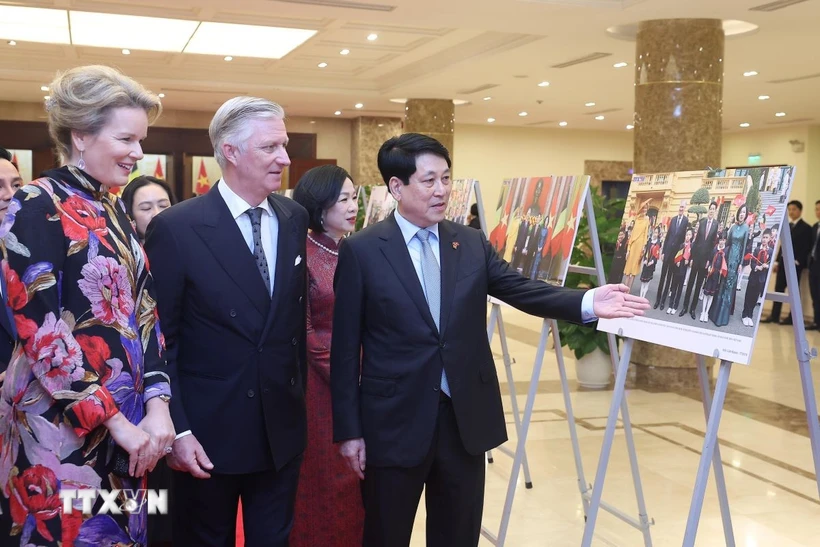

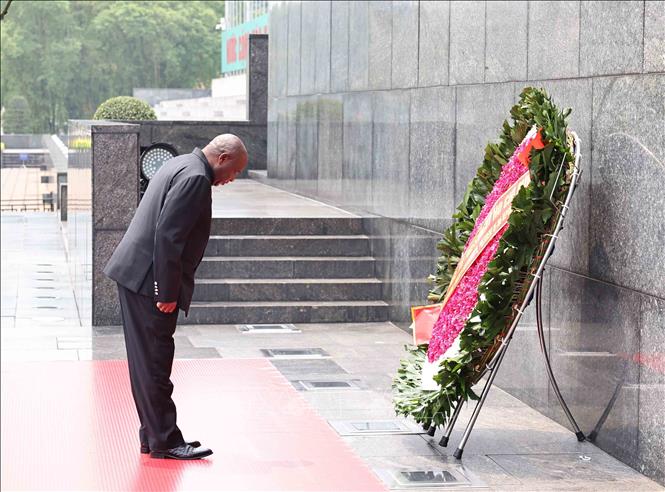











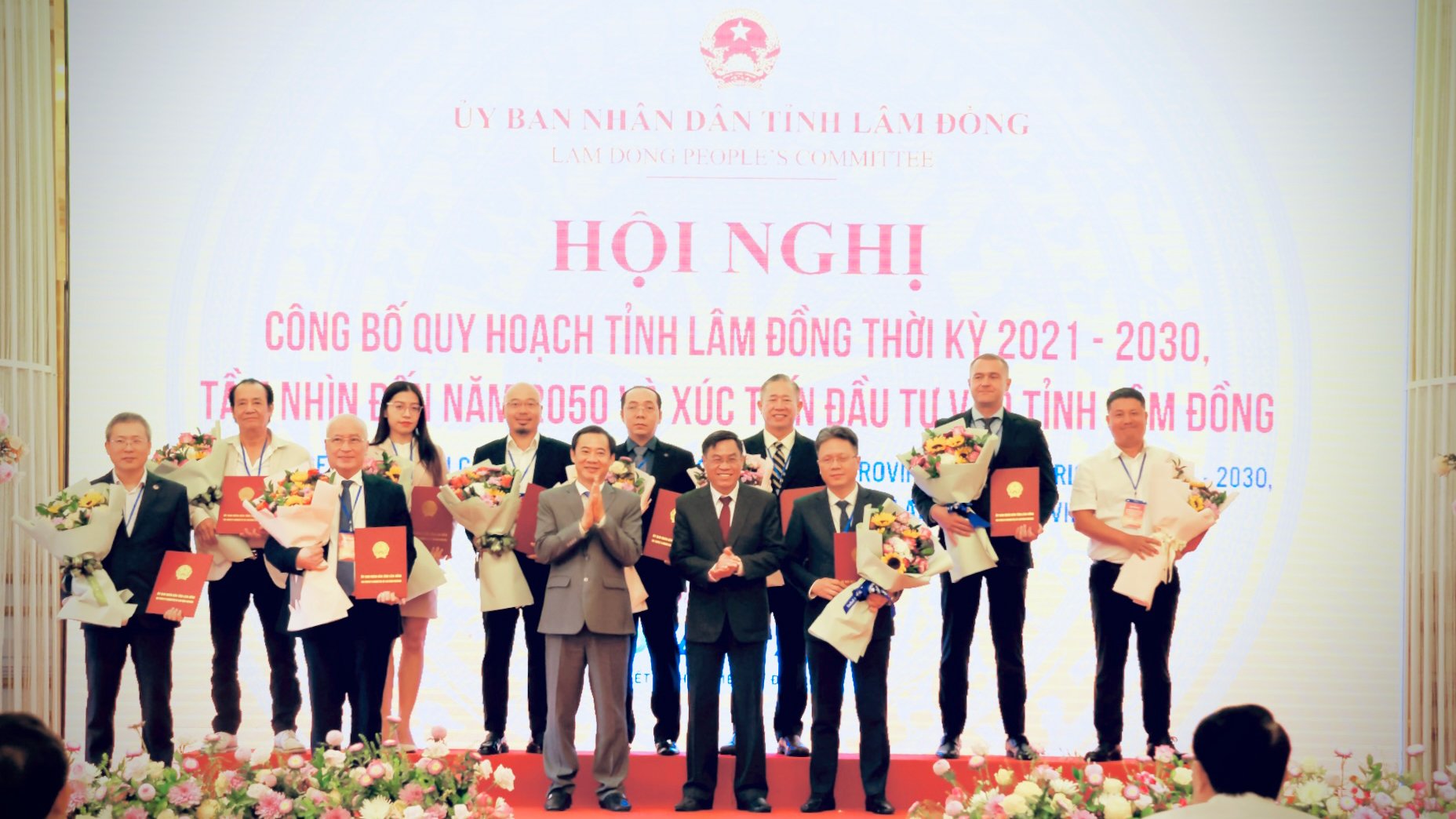



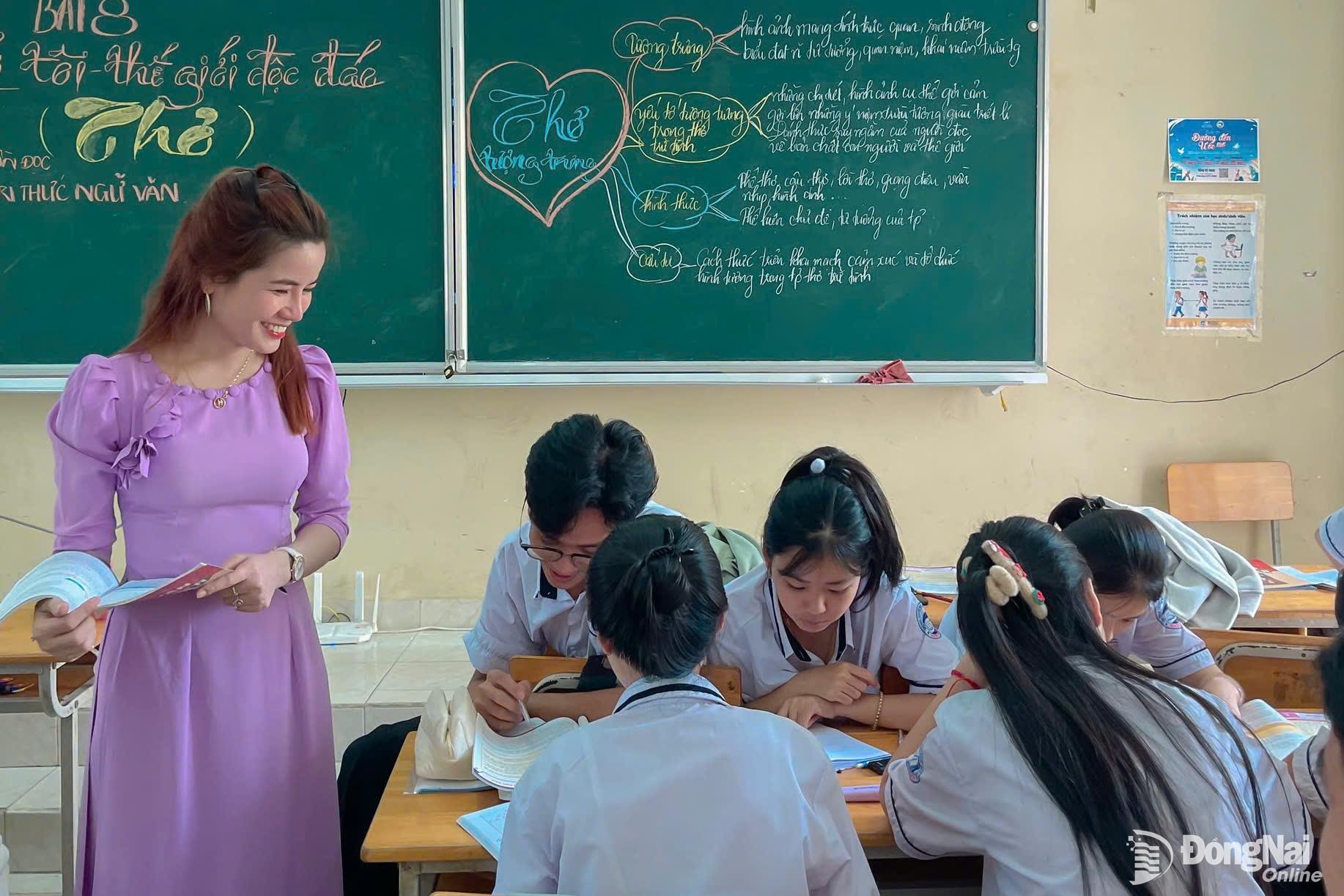





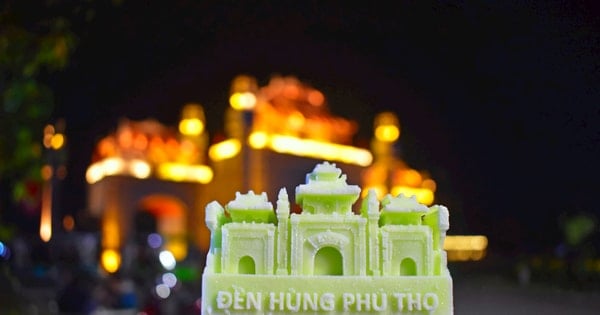





Comment (0)